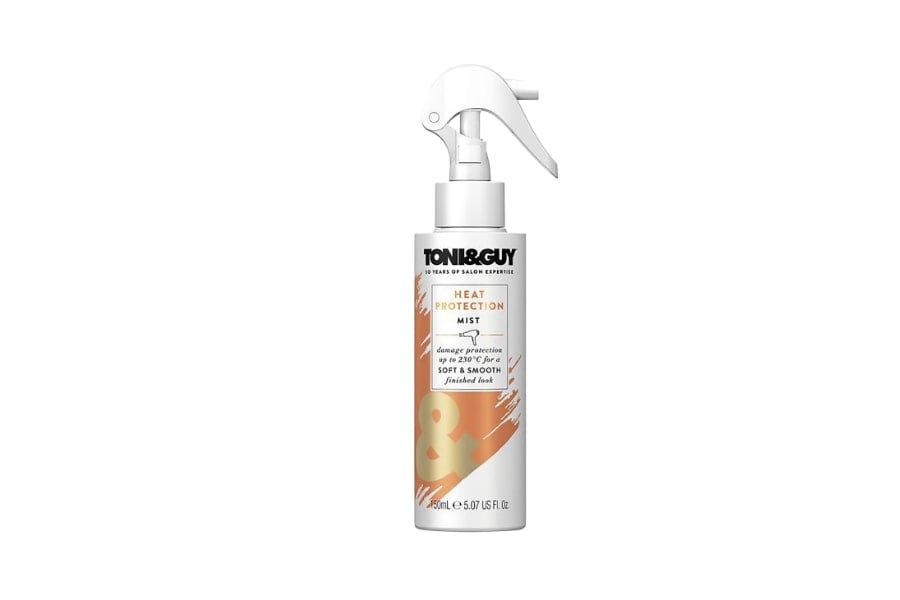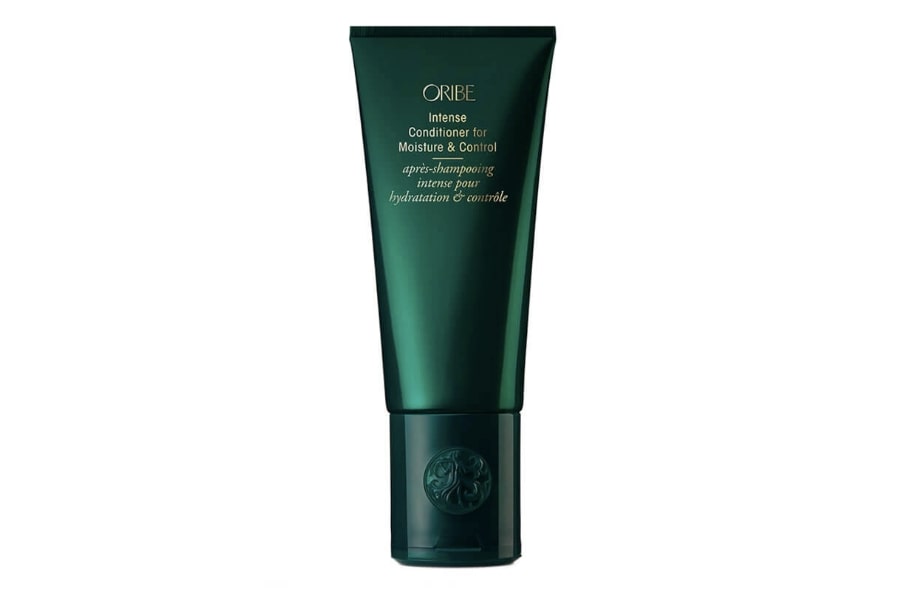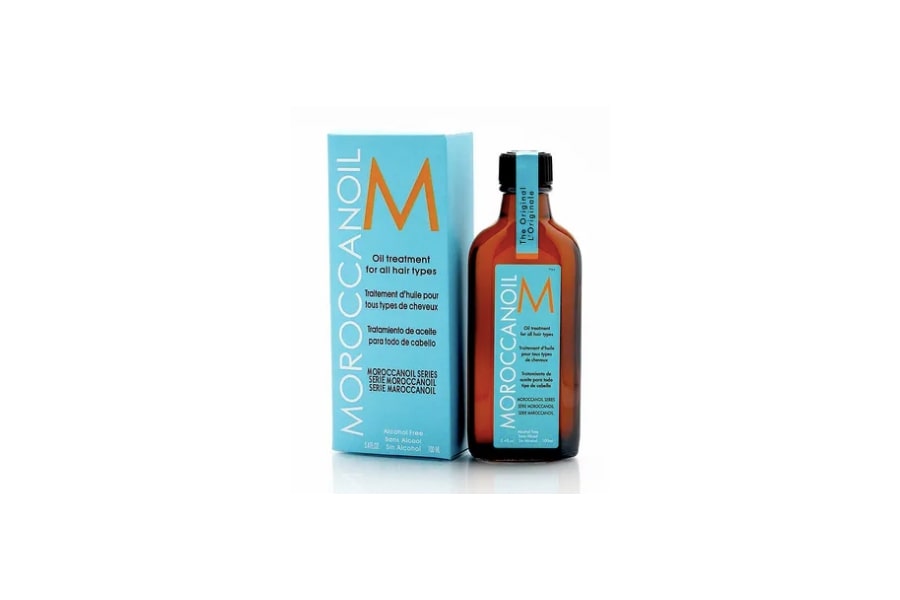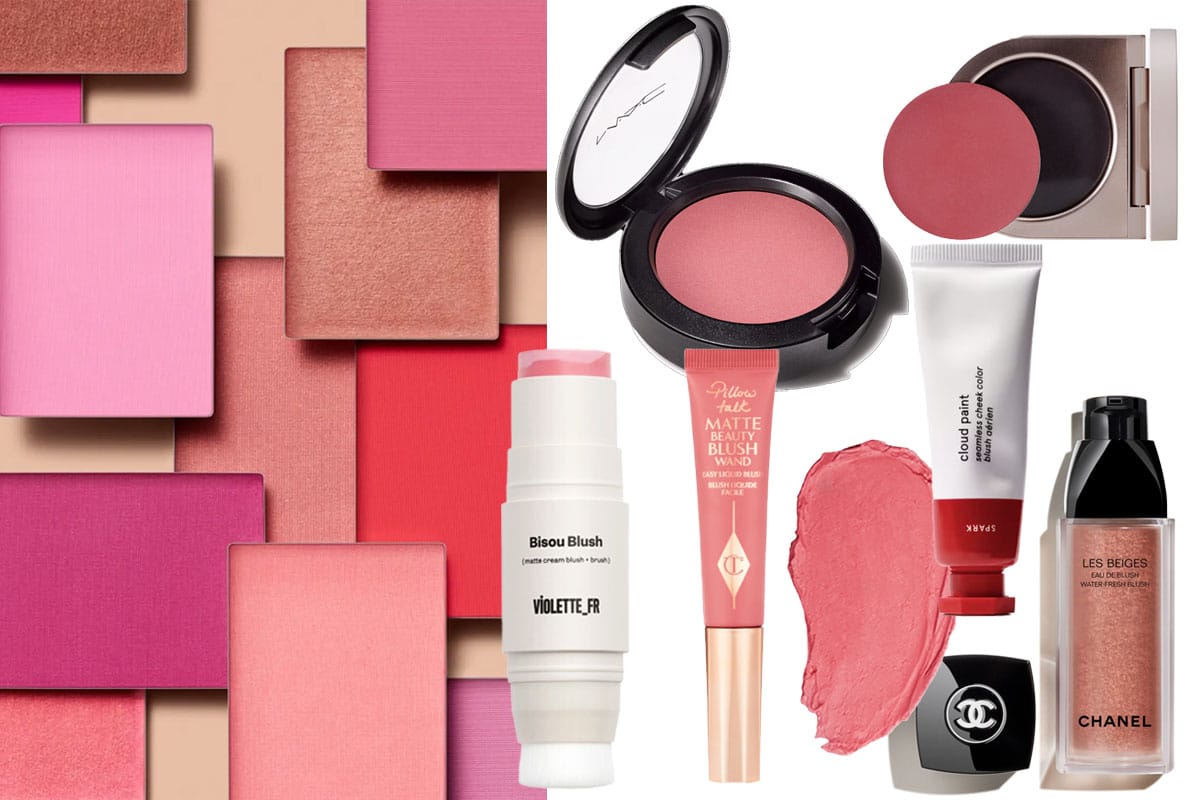
In the morning before work, when dressing for an evening out or simply drying after a shower, heat is applied to our hair regularly, leaving some of us to wonder how does heat damage hair? While there are many myths, rumours and old wive's tales about the damage that can occur to our hair under heat stress, it can be overwhelming to fully understand. Here, we break down just how heat damages hair and how you can remedy the problem.
How does heat damage hair?
Frequent use of hot tools including blow dryers and hair straightening devices increase the risk your hair has of becoming damaged due to intense heat exposure. While some devices offer temperature control, many don’t, leaving your hair particularly vulnerable to damage.
Essentially, it’s all about the impact to keratin, a protein found in hair. Exposure to high heat temperatures may alter the shape of keratin strands in your hair, with heat greater than 140º celsius converting A keratin to B keratin. This leads to weaker hair, losing its elasticity and leaving it prone to damage. As keratin is melted, hair maintains this shape at a molecular level which is irreversible over time.
Why is having damaged hair a bad thing?
While it sounds overtly bad, there are many reasons damaged hair is cause for concern, including:
- Lacking moisture
- Having porous hair
- Damaging the natural pigment
Primarily, heat damaged hair lacks moisture, which is integral to a healthy mane. Hair comprises of various bonds, including four per cent fats, oils and pigments, 17 per cent water and 79 per cent keratin proteins. The inner part of your hair strands is called the cortex and it contains the water molecules which are bound to keratin.
As heat is applied, natural oils are stripped from the hair, water molecules evaporate and thus the hair’s natural protein structure is altered. High temperatures naturally cause water to dry quickly, affecting the structure of every individual strand and making hair more vulnerable to excess damage.
Heat damage can also cause hair cuticles to crack. Hair cuticles are the outer layer of the hair and have shingles which overlap, much like a roof. Shingles on healthy hair are closed, however when hair is damaged, they open, rise up and cause split ends. This also allows moisture to escape. Cuticles are also what protect the cortex, meaning when they are broken the cortex is exposed to heat and results in hair becoming porous. Damage to the cortex can also lead to weaker, less elastic hair prone to breakage.
The porosity of hair can be categorised into three parts: low, normal or high. In order to test your own hair, place a strand of your hair in a cup of water and if it sinks to the bottom, you have very porous hair, if it floats or stays in the middle, it is normal or low.
The pigment of your hair can also be altered when heat damaged, both naturally and if dyed, as the colour can oxidise. This means the colour will fade, especially so if the hair has high porosity.
What are the signs of damaged hair?
There are many signs that you're healing with heat damaged hair.
If reading this has you wondering what the signs of damaged hair are, there are some commonplace indicators signalling if your hair has been impacted. These include:
- A dry, rough appearance to your hair
- A loss of natural shine to your locks
- If your hair is curly, the curls may appear limp and not hold their shape
- If your hair is straight, it may not appear as sleek as it typically would
- An excess of flyaways when styling your hair
Can you repair heat-damaged hair or does it need to be chopped off?
While it can be heartbreaking to cut your hair because it's damaged, in some cases it is the best path to take for longterm gain. Once the structure of your hair is impacted by heat, the damage is permanent. However, it can be managed over time.
Cutting your hair to remove the damage is the best way, allowing you to start fresh, yet as we all know, this can be quite a jarring experience especially if its more than an inch or two. If you can’t go the chop because you have an affinity with your short hair, you can try applying products to help alleviate the signs of damage. Remember, there is no permanent fix.
Highly porous hair can be treated with leave-in conditioners, hair masks and oils including Argan and jojoba. These are commonly found in hair products and seal in moisture to assist hair in feeling softer. Adding in products with keratin or wheat protein can also help strengthen the hair.
And, if it wasn’t already abundantly clear, if you suspect your hair is heat damaged, it's time to step away from the heat tools at least for the time being so not to cause further damage to the strands. Step away from the straightener.
If you’re trying to avoid the chop, or perhaps looking to prevent damage before it happens, we’ve included a few of our favourite tools for you to add to cart.
Aveda Heat Relief Protecting and Conditioning mist

Toni and Guy Prep Heat Protection mist

Oribe Intense conditioner

Moroccanoil Original Oil treatment

Image: Pinterest



